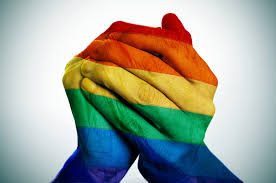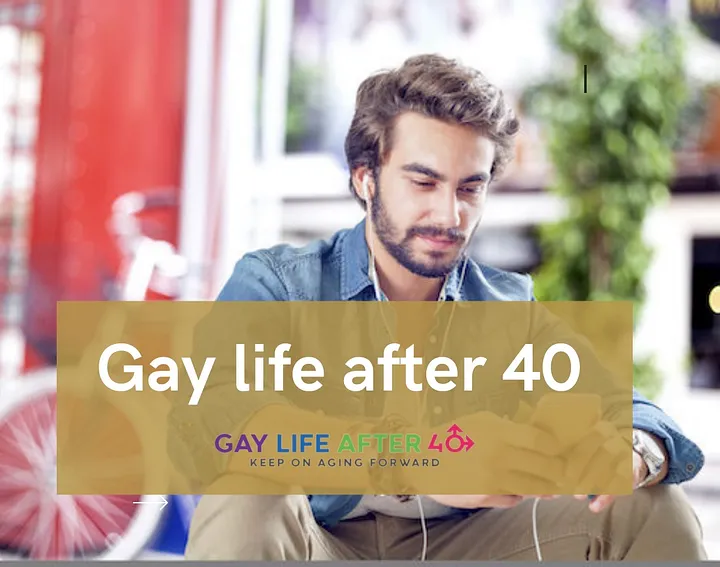
Haven’t We Talked About Sexual Orientation Labels Enough?
A Personal Perspective: The future is not binary.
Psychology Today, December 2, 2021
- KEY POINTS
- Gender and sexual orientation are non-binary.
- Labels help us define ourselves, but labels also lead to moralistic judgment.
- Romance cannot be explained, measured, or ignored.

Gender and Sexuality are not binary.
Source: Romanchazov27/DepositPhoto, used with permission
Perhaps you’re one of those people who say, “Enough, already, with the labels!” I tend to agree.
A couple of years ago my pre-teen grandson asked, “What’s the Q in LGBTQ, Grandpa?” It provoked me to think about the infinite list of labels we use to describe gender, sexual orientation, and romance. Everyone seems to be fighting for their own space.
Kinsey put the definition of sexual orientation on a spectrum, beyond the binary gay and straight. He carved out a place for bisexuality that has found increased advocacy of this sexual orientation. Now that spectrum has become more like the finale of a fireworks display.
Labels have two functions:
- How others choose to label us.
- How we choose to label ourselves.
How others label us is based on stereotypes: What’s true for some must be true of all, as in “You’re so gaaay!” Many of us have been hurt by labels used in that way. Stereotypes are subjected to moralistic judgments.
Americans place a premium on autonomy and self-definition, and that is why we continually search for a label. They help us understand ourselves and connect with others who self-label in the same way.
Self-labeling
Most of us went through a period of self-examination as we’ve tried to understand whom we desire, how we desire them, and why we desire them. We settle, at least temporarily, on a self-definition that makes sense of our attractions and our behaviors.

Self-examination
Source: Kopitin/DepositPhoto, used with permission
In my early years, I had some doubts about whether I was a man, but now I am comfortable with my gender. But I had to deconstruct the social definition of masculinity and redefine it for myself.
I once thought of myself as straight. Then I had an affair with a man and, for a brief period, thought of myself as bisexual. Now I have been with my husband for 35 years, and I think of myself as 100 percent gay.
I prefer sex accompanied by a bit of romance. Even though I recognize the fallacy of it, I want to imagine that someone can satisfy all my wants and needs.
I guess I could label myself a homo-romantic, cis-gender, gay male. That’s less a label than a description. But it is a description of who I am, who I expect to be, and what goes on inside of me. The more details, the more validated I feel. The older I get, the less I worry about how others label me. This description doesn’t only define me but it also describes those with whom I prefer to share my time.
What Is Fluidity?
A friend wrote to me saying: “I don’t agree with the notion of ‘fluidity’ in [sexual] orientation. I feel orientation is fixed; but circumstances influence, or even dictate, behavior.” This comment rang true for me. I am a sexual being. Perhaps I am gay only when suitable male partners are available.
I hear from a lot of men who think of themselves as heterosexual, but they have sex with men, sometimes exclusively. Sexual desires are subjective; our sexual behavior is objective. Our attractions and desires don’t always align with our behavior. Most experts agree that our attractions are innate, but our behavior is influenced by circumstances and subject to rational thought and informed decision-making.
More and more people discuss the fluidity of both sexual orientation and gender. Words like “non-binary,” “heteroflexible” and “gender-queer” have crept into our lexicon.
Gay & Lesbian Alliance Against Defamation (GLAAD) states that identity is “the capacity to form enduring physical, romantic, and or emotional attractions to those of the same gender or to those of another gender.” People quibble with how enduring these are. I would argue that our behavior is more flexible than our identity. Identity may evolve, but at least for men, it usually evolves slowly and in one direction.
The Complexity of Sex and Gender
Our sexuality is a combination of sexual desire, sexual fantasy, sexual behavior, and sexual identity. These are not consistent from one individual to the next, nor are they consistent even within the same individual. Until we satisfactorily resolve these inconsistencies, we remain in a sexual purgatory surrounded by shame and guilt. We feel forced to choose a side but confused about which side to choose.
Because of the infinite diversity in how we express ourselves sexually, there can never be enough labels to keep everyone happy. I like these concepts:
- Gender identity: What’s in our head
- Gender expression: How we present ourselves as masculine, feminine, or a combination of both
- Biological sex: What’s in your underwear
- Romantic attraction: What’s in our hearts
Obviously, this is an over-simplification, but it is useful (although it ignores intersex, a confusion of self-identity brought on by confusion of anatomy and physiology.)

Gender expression
Source: lanastock/DepositPhoto, used with permission
Gender expression is culturally and regionally influenced. A metrosexual or a male in New York would be a sissy in Nebraska and just another man in Paris and a non-binary man with make-up and fingernail polish might not get a second look in London or Berlin.
Romance and Alchemy
We can be in a room filled with beautiful people, and yet moments after entering the room, there is that one person who we desire. It can’t be explained, measured, or ignored. We call it romance, chemistry, and alchemy.
Romance is the magic in our relationships. When I see that someone, something magical happens inside me, and I want them. It fills us with hope and anticipation, and it is hard to disguise. We know it’s unrealistic, but we don’t care.
It is not a real person but a person we create. It is our soul mate, the one who can meet every sexual and emotional need we have because we have created them for that purpose.
article continues after advertisement
Lust is a physiological response, accompanied by fantasy, that fades when the magic fades as it inevitably does. But in our predominantly Judeo-Christian culture, these values have permeated society’s moral values. People have promised us, “If you truly love him or her, you won’t ever desire someone else.” What bull sh*t we’ve been fed.
Most experts agree that human sexuality is represented by a continuum, that the majority of sexually active people fall somewhere outside the polar extremes.
The only label that matters is the label we give ourselves.
___________________________________________________________________
About the Author

Online:
Loren A Olson MD Author, Facebook, Instagram, LinkedIn, Twitter

